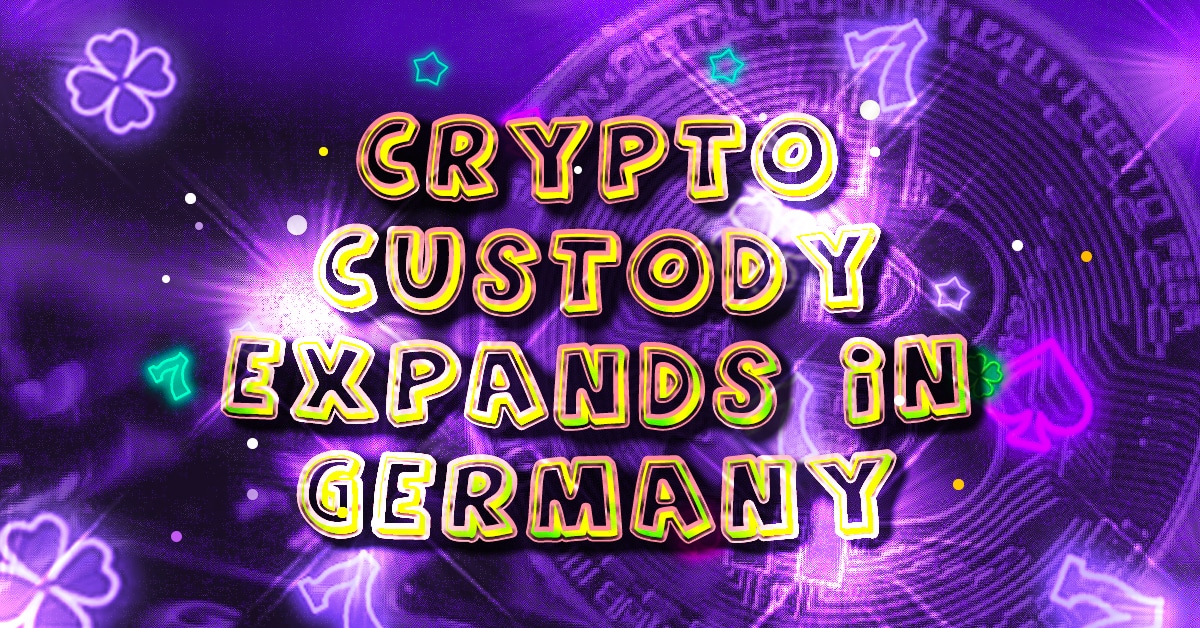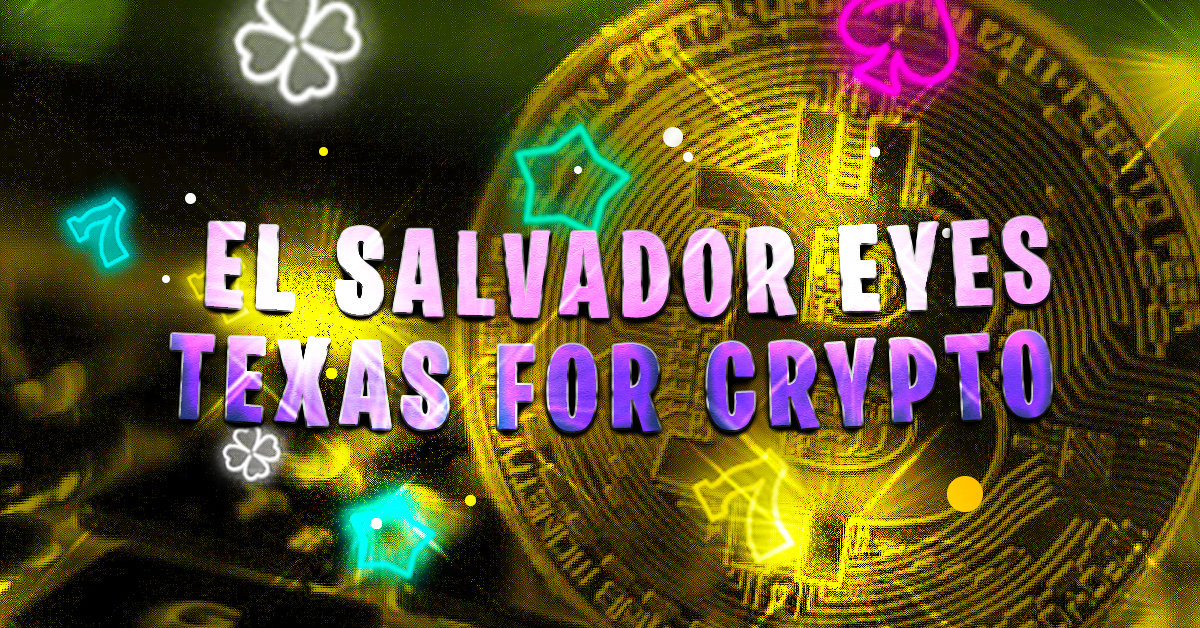The European Union’s framework for regulating cryptocurrencies is slowly advancing. On Wednesday, the European Council, which guides the EU’s political agenda, announced its position on Markets in Crypto Assets Framework (MiCA) and Digital Operational Resilience Acts (DORA). The deal must be ratified by the European Council. After that, Parliament and European Council can begin to discuss the initiative.
MiCA’s framework was created to protect consumers and investors from fraud. MiCA could be used to impose additional regulations on virtual currency exchanges if authorities suspect they pose a threat to investors or users.
According to the European Central Bank (ECB), the new regulations will set comparable cultural standards for payment services providers to ensure user safety. The framework will also include provisions addressing company governance as well as risk management and prohibiting the provision of services such as high-risk payments instruments.
The MiCA negotiation mandate of the European Council, which spans over 400 pages, indicates that the EU is not going to relax its stance on asset referenced token issuers. It states that they should be subjected to stricter obligations than other crypto asset issuers.
In the negotiation mandate for MiCA, a number of exclusions were added. The Council has accepted that asset-referenced tokens authorized under EU’s capital requirements directive shouldn’t require another authorization to be issued. MiCA provides that banks and financial institutions that offer settlement services to stablecoins are exempted from capital requirements.
According to the Council, nonfungible tokens (including digital art and collectibles) that are valued based upon each crypto asset’s unique characteristics or benefits are exempt from MiCA rules. The rules don’t apply to tokens that provide unique services or real asset, such as product guarantees and real estate.






